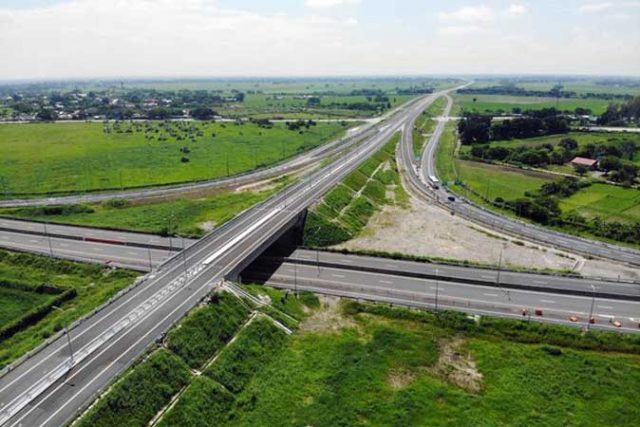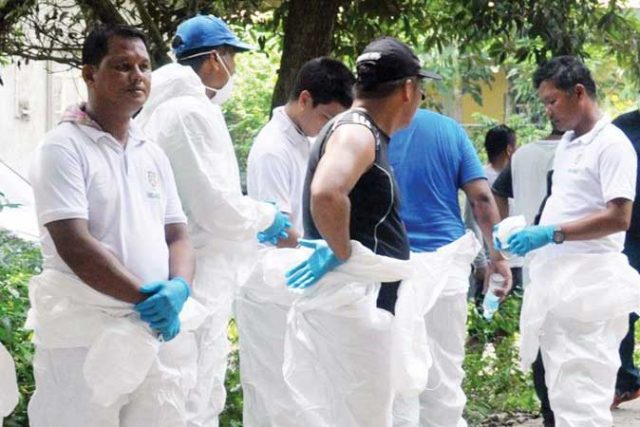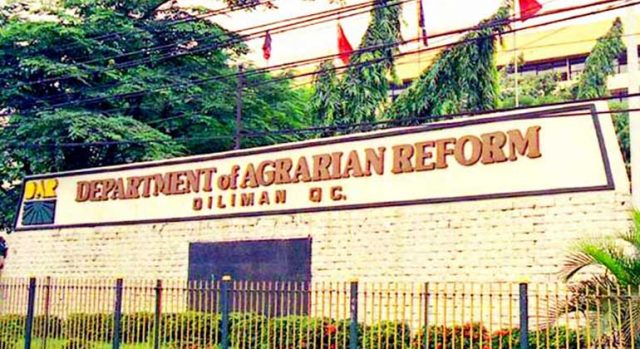Almost 13 years since it passed, Republic Act No. 9505 or The Personal Equity and Retirement Account (PERA) Act of 2008 is again under the spotlight. Late last year, the Bangko Sentral ng Pilipinas (BSP) reported increased investors after PERA became digital in September. To bolster this momentum, the Bureau of Internal Revenue (BIR) issued Revenue Regulation (RR) No. 6-2021 in April, prescribing additional guidelines to implement the tax provisions of the PERA Act, amending pertinent provisions of RR No. 17-2011 after 10 years.
Before I go through the changes under RR No. 6-2021, let’s re-acquaint ourselves with PERA, particularly its general provisions, benefits, and ramifications to the qualified PERA contributors.
GENERAL PROVISIONS
PERA is a voluntary retirement saving and investment account, which can be set up by any person with the capacity to contract and with a Tax Identification Number (TIN). The contributor, whether locally employed (together with his employer) or self-employed, can contribute to PERA up to P100,000 per calendar year, while the maximum qualified contribution of Overseas Filipinos Workers (OFW) is set at P200,000. For married individuals, each spouse can contribute up to P100,000 each. These maximum qualified contributions are set to double to P200,000 and P400,000, respectively, under Senate Bill No. 1382.
TAX BENEFIT TO EMPLOYER-CONTRIBUTORS
An employer’s contribution to the employee’s PERA may be deducted from its gross income to the extent of the amount needed to complete the maximum allowable PERA contribution. However, it is not entitled to a 5% tax credit which is reserved only for individual contributors. For uniformity, the phrase “Share in Qualified Employee’s PERA Contribution” is to be used as the account name in the books or in the income tax return of the employer.
TAX BENEFITS TO QUALIFIED INDIVIDUAL CONTRIBUTORS
All income earned from investments and re-investments of a duly accredited PERA is tax-free.
PERA contributions withdrawn or distributed are exempt from income or estate taxes if the individual contributor reaches age 55 and made qualified contributions for at least five years, or upon death, irrespective of age or contributions made.
A qualified individual contributor is entitled to a 5% tax credit of the aggregate qualified PERA contributions made in a calendar year, creditable only against income tax liabilities of employees or self-employed contributors or against any internal revenue tax liabilities of OFW contributors. Under RR No. 6-2021, the 5% tax credit should be evidenced by a PERA-Tax Credit Certificate (TCC). The application for a PERA-TCC must be filed online by the PERA Administrator, through the PERASys software administered by the BSP, within 60 days from the close of the calendar year. The PERA-TCC is to be printed only upon request of utilization by the qualified contributor. Tax credits arising from PERA contributions are non-refundable and non-transferable.
The amount of the PERA-TCC shall be indicated in the applicable tax return of the qualified contributor as a deduction from his tax due under the line item “Other tax credits/payments” and the taxpayer must specifically indicate the phrase “5% PERA-TCC.”
WHAT ABOUT QUALIFIED CONTRIBUTORS EARNING PURELY COMPENSATION INCOME?
Under RR No. 6-2021, in the case of a contributor-employee, the PERA-TCC is to be submitted to the employer so the latter can apply the gross amount of the PERA-TCC in the annual year-end adjustments for computing the net income tax due to be withheld from the contributor-employee.
Under Revenue Memorandum Circular (RMC) No. 139-2020, the applicable details of the PERA-TCC are to be indicated in the column provided for that purpose in the Annual Alphabetical List of Employees (alphalist), and the Certificate of Compensation Payment/Tax Withheld for Compensation Payment With or Without Tax Withheld (BIR Form No. 2316) of the contributor-employee.
Given that the application for the issuance of the PERA-TCC is filed only within 60 days after the end of the calendar year or until March 1, the timely submission of the PERA-TCC by the contributor-employee to his employer raises concerns since it is not synchronized with the deadline for doing the year-end adjustment of withholding tax due and the filing of employee tax returns. For instance, the deadline for the filing of the December withholding tax return on compensation (BIR Form 1601-C) is between Jan. 11 and 15 of the succeeding year, while the filing of the annual information of income tax withheld (BIR Form 1604-C) with the alphalist, and the issuance of the BIR Form 2316 to the employees is on or before Jan. 31.
Moreover, if the contributor-employee submitted the PERA-TCC after the annual adjustment of withholding tax due, the employer may have to amend the initially reported BIR Forms 1601-C, 1604-C, related alphalist, and 2316 for the employee to enjoy the tax credit. Also, apart from instructions in RMC 139-2020, no clear guidance has been released as to which column employers should report the PERA-TCC in the alphalist and BIR Form 2316. To address these gaps, the BIR should consider issuing clear-cut rules on the submission of PERA-TCC and revisit the existing templates of the alphalist and BIR Form 2316 to incorporate reporting of the PERA-TCC.
RESTRICTIONS ON THE QUALIFIED CONTRIBUTORS
Under RMC No. 139-2020, apart from possible criminal charges, the qualified contributor who uses spurious or fake PERA-TCCs is liable to pay the amount utilized, plus a 50% penalty for fraud and 12% interest per annum.
Further, under RR No. 6-2021, in case of early withdrawal (except those specifically mentioned under the rules and regulations as exempt from penalties), the PERA Administrator is to deduct penalties from the PERA account, before the release of the withdrawal payment, consisting of the 5% tax credit availed for the entire period of the PERA enrollment and 20% of the total income earned from the time of its opening up to the time of withdrawal. The penalties are to be remitted via the online filing and payment facilities of the BIR using BIR Forms 0605 and 1601FQ.
Regrettably, PERA is an underutilized state retirement program unknown to many Filipinos. It is a lost opportunity for a population short of investing skills, where the majority have no bank accounts, let alone know how to open one. The challenge is making PERA inclusive in coverage, equitably available, investor-friendly, and affordable. The possibilities are not remote. As its acronym signifies, PERA is a potential vehicle for wealth growth and an equalizer of social opportunities.
The views or opinions expressed in this article are solely those of the author and do not necessarily represent those of Isla Lipana & Co. The content is for general information purposes only, and should not be used as a substitute for specific advice.
Floredee T. Odulio is an Executive Director at the Client Accounting Services Department of Isla Lipana & Co., the Philippine member firm of the PwC network.
+63 (2) 8845-2728
floredee.t.odulio@pwc.com












